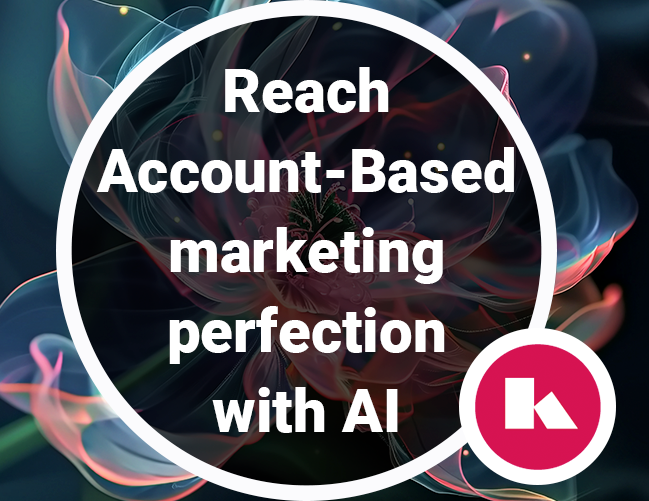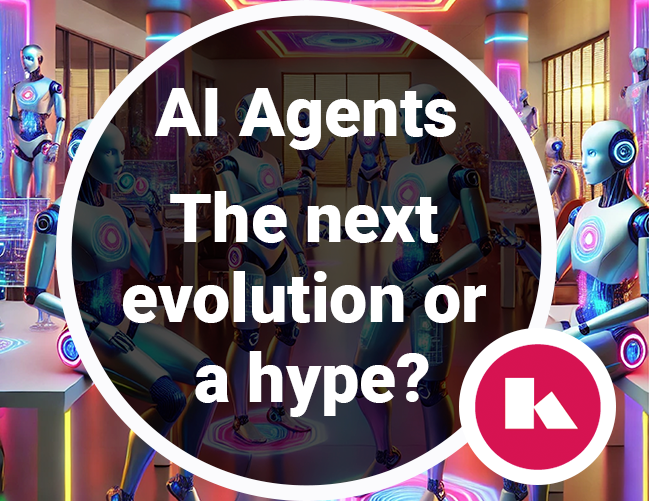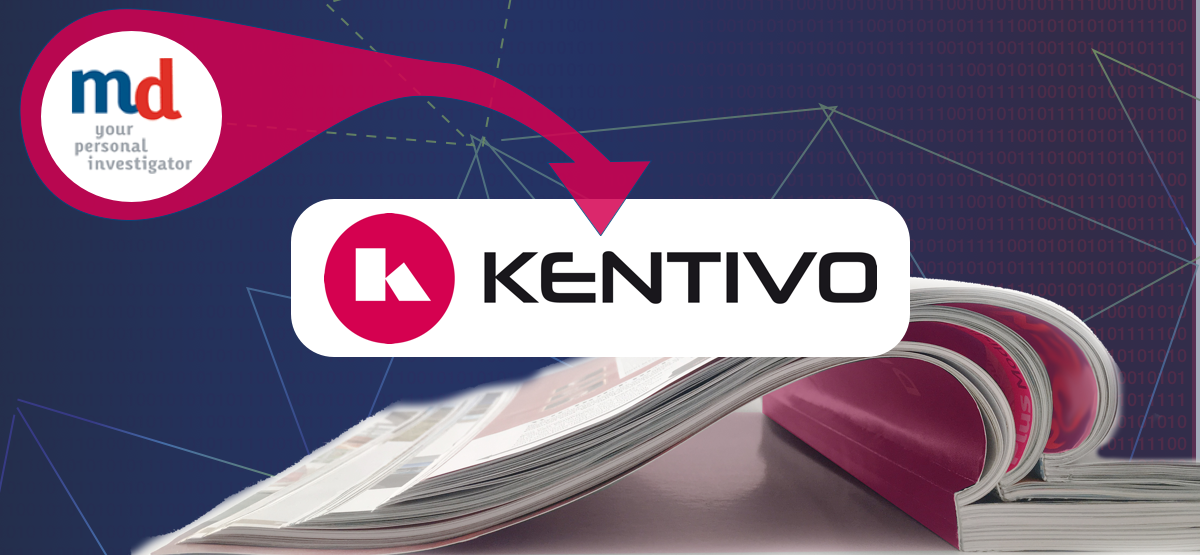For over two years, the concept of your very own digital brain has been in discussion. Yet, it’s surprising that many companies still consider it a far-fetched idea. Despite witnessing the immense power of technologies like ChatGPT and other generative AI possibilities, businesses remain hesitant to embark on the journey of creating their own digital brain. The truth is, the potential here is limitless.
So, why are organizations still struggling to locate those elusive data scientists? Why settle for a run-of-the-mill off-the-shelf algorithm when you can do better?
As the famous writer Multatuli once wisely stated:
“Half good is not good, half true is not true, and half-heartedness leads to nothing.”
The solution is clear: tailor your algorithm to perfectly align with your objectives. Elevate your company’s intelligence to new heights by nurturing your very own digital brain.
To give an example
What if you would like to know how and what your competitors are doing and how the market responds to that. No not just on a dashboard, that can be wrongly interpretated and doesn’t show the ‘feeling’ behind the figures. With a Digital Brain you can have your actionable insights based on your rules.
Say, your competitor has a new type of advertisement. With a Digital Brain you will not only know the fact that there is a new type of advertisement, but also how the market is responding to it. Is it in the news, is it a buzz, are people talking about it, in a negative or positive way, is it getting attraction. All these questions can be answered.
So, what is a Digital Brain exactly?
A digital brain, in the context of artificial intelligence (AI), is a metaphorical term used to describe a system that processes information and performs tasks similar to the way a biological brain operates. Here are the key functions of a Digital Brain:
Data Processing
Pattern Recognition
A digital brain excels at recognising and interpreting patterns, whether in images, speech, or other types of data, making them valuable in fields like image recognition, speech-to-text, and more.
Problem Solving
A digital brain is designed to solve complex problems, ranging from strategic decision-making to specific operational challenges, by processing information and generating insights.
Machine Learning
A digital brain often incorporates machine learning algorithms, allowing them to learn from data, improve their performance over time, and make predictions or decisions based on experience.
Automation
A digital brain is used for automating tasks, reducing the need for human intervention in routine or repetitive processes, thus increasing efficiency.
Decision Making
A digital brain can be programmed to make decisions autonomously based on predefined rules or learned patterns.
A Digital Brain is a driver of innovation
One of the primary advantages of a Digital Brain is its ability to automate tasks. This can lead to increased efficiency, reduced human error, and cost savings in industries where repetitive or labor-intensive processes are involved. It is very much of value for extracting meaningful insights from large datasets, facilitating data-driven decision-making.
A Digital Brain is a driver of innovation. It allows for the creation of new technologies and solutions that were previously not possible, opening up opportunities for advancement in various fields.
Don’t get left out!
Get your own Digital Brain and bring your company intelligence to the next level.
Recent Posts
Business

Reach Account-Based Marketing perfection with AI
While Account-Based Marketing (ABM) may appear to be a natural evolution of targeted marketing, there’s much more...
A.I.

AI Agents, the logical evolution that is hyped
Agents are the latest buzzword in AI, often positioned as the next evolution beyond Generative AI (GenAI). The concept...
Company

Kentivo Group acquires Media Digitaal B.V. (MDInfo)
The Kentivo Group of companies is delighted to announce the acquisition of MediaDigitaal B.V. in Amsterdam, The...
